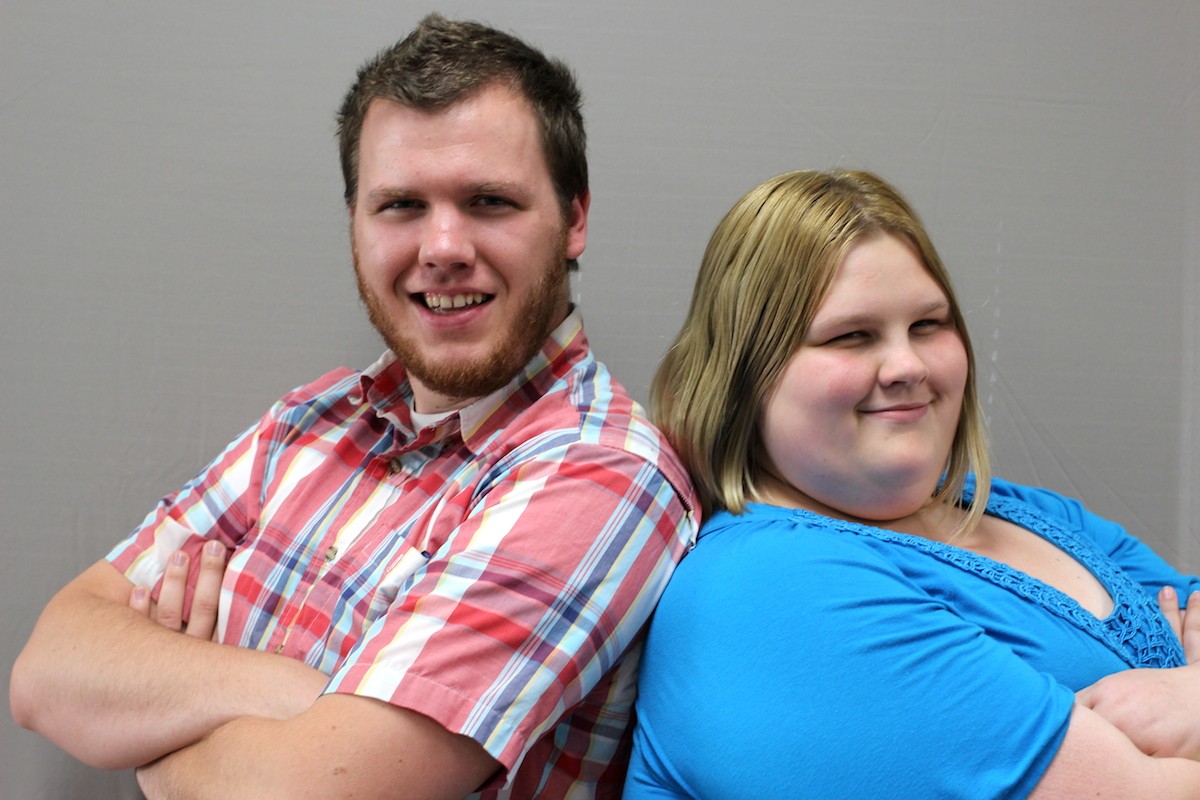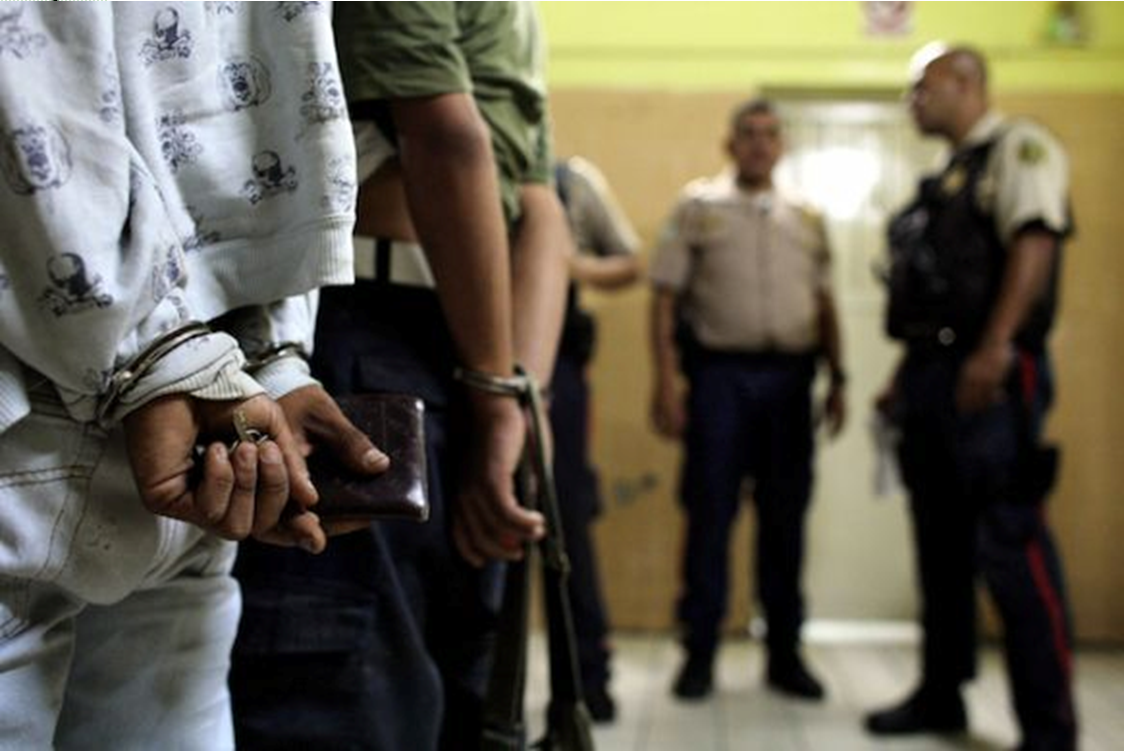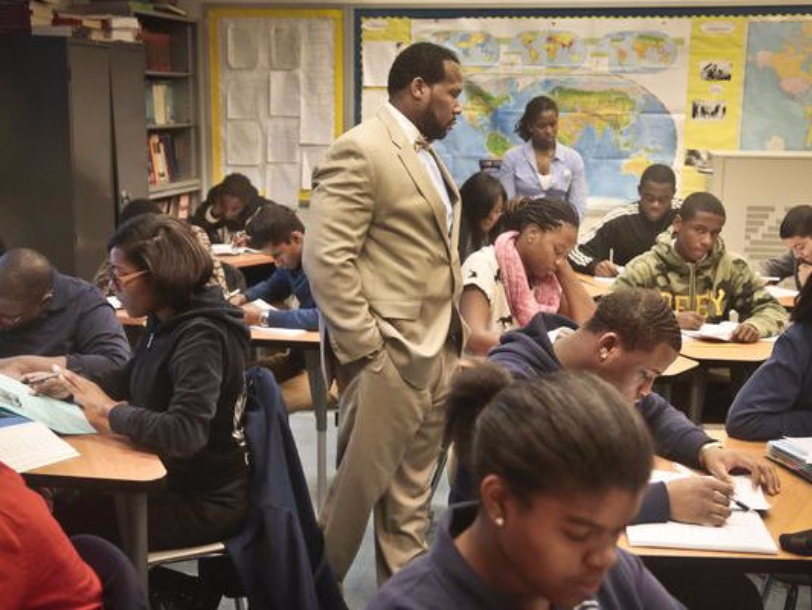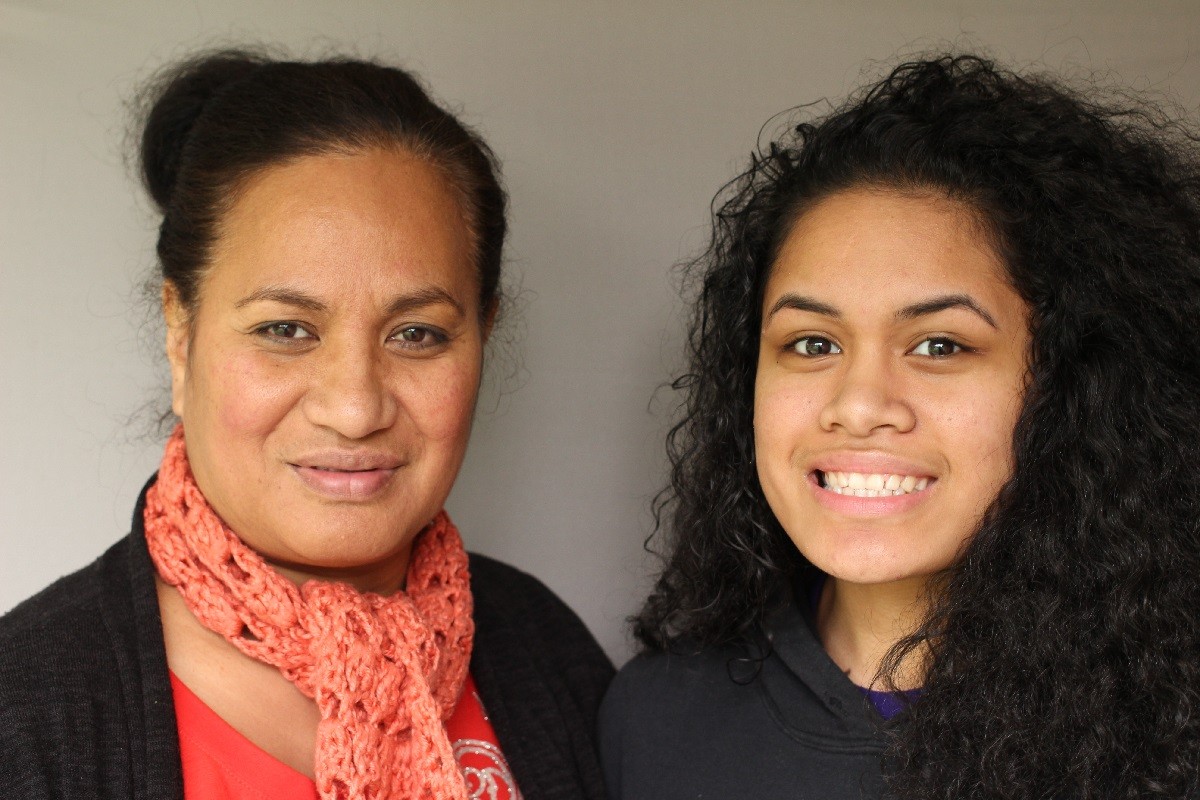In the 2011-2012 school year, more than 14,000 Washington students experienced homelessness without their schools knowing. This means they didn't get the resources and protections that are available to all homeless students. Brandy Sincyr, a homeless student advocate and program assistant at Columbia Legal Services, shares a personal story that illustrates why it is so important to close the gap in identifying homeless students.
Firesteel Blog
“I Know I’m on the Right Path”: Determined to Graduate Despite Homelessness
Ashley Danielson attended five different elementary schools while her family experienced homelessness, bouncing from staying in motels to doubling up with relatives to living in the family car. She missed most of the fourth grade.
"We were moving, and there were so many things to do and I just couldn’t go to school," Ashley tells her former case manager from Cocoon House, Marty Shaw, in the newest story produced from the "Finding Our Way" StoryCorps project.
Poverty, Race and America’s Education System, Part 2: Segregated Schools
In the first part of her "Separate and Unequal" blog series, Perry Firth examined some troubling outcomes of the re-segregation of our nation’s schools, including the disproportionality of discipline that results in suspensions, expulsions and dropping out. These contribute to the systemic problem known as the “school-to-prison pipeline” and lack of success for many students of color. In Part Two, she writes about the impact of all this and what we can do about it.
Poverty, Race and America’s Education System, Part 1: School Discipline and Students of Color
Children across the state have said goodbye to summer and headed back to school. Research shows that some of these students, through no fault of their own, will receive unequal treatment in the classroom. School psychology grad student Perry Firth explains what that unequal treatment looks like and why it happens in this first part of her two-part series, "Separate and Unequal: Poverty, Race and America’s Education System."
“I Would Walk Through the School Hallways With My Head Down”: Lika’s Story
As the weather cools and children start heading back to school, my mind turns to the students who don't have homes in which to do their homework. In a moving StoryCorps conversation, one teenage student talks about what it's like to attend school while living in a shelter.




